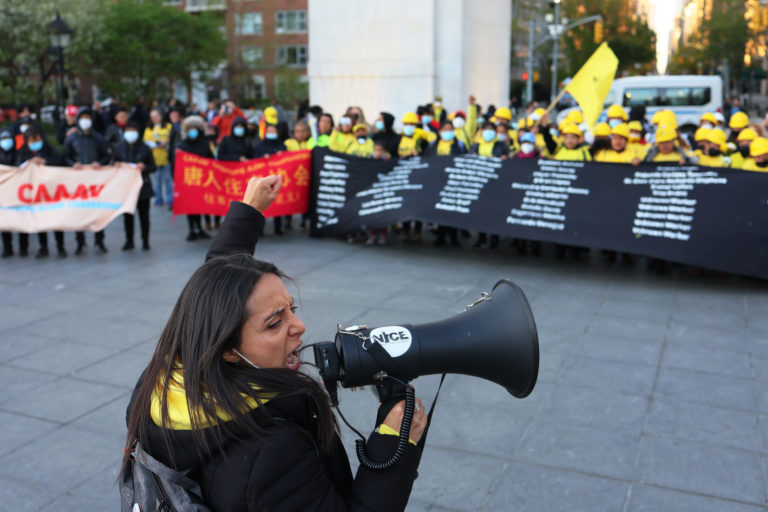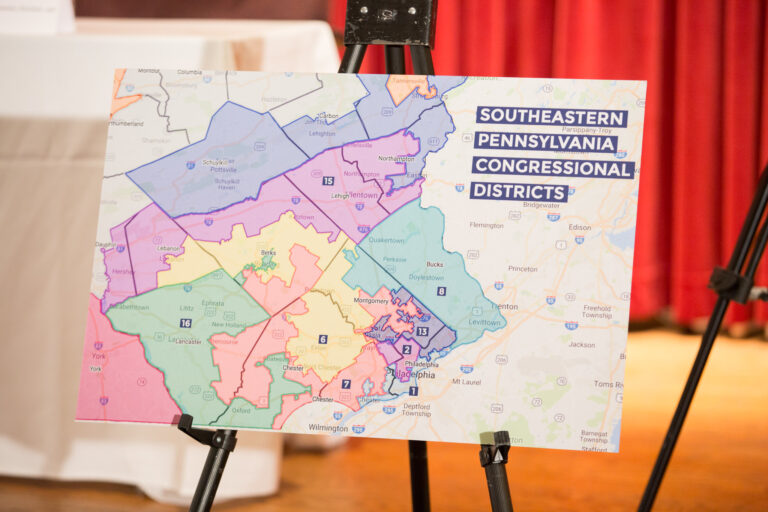Two camps are preparing for battle over the future of Los Angeles education. As philanthropists and civic leaders bring together $490 million for charter schools, the teachers union has pulled in support from other employee unions for more traditional public schools. The Los Angles Times reports, although the California Teachers Association has long been wary of charter schools, the broader union support is new. Non-teaching employees at charter schools often lack union protections and are exempt from the $15 minimum wage. The coalition of unions representing administrators, clerical workers, janitors, police officers and other employees represents investment in existing neighborhood schools.
Add B&H Photo Video to the list of workplaces likely to unionize. The New York-based electronics and shipping company is known for expert customer service, but less so for employee relations, according to the New York Times. On Sunday, the United Steelworkers submitted a petition to the N.L.R.B. to represent B&H warehouse workers. The mostly Latino workers raised complaints that they face discrimination, have been pressured to sign English-language forms releasing the company from medical liability, and have been forced to work long hours in hazardous health conditions.
U.S. Labor Secretary Thomas Perez received a lesson in labor organizing at an unlikely meeting spot: a children’s playground. As part of his tour through New York City, the Secretary met with the Domestic Workers Alliance, the recently unionized staff of Gawker, and carwasheros who made legislative victories this summer. Lydia DePillis of the Washington Post writes that the Obama administration recognizes its limited political power to pass meaningful workplace legislation. But Perez has found other ways to get at his goals, whether through executive orders on minimum wages for federal contracts, industry-specific rules issued by the Labor Department, or funding cities to design paid leave laws. While his tools remain limited, Perez encourages workers to keep organizing. “You might not get a return on investment next year, but you’ve got to invest in it, you’ve got to be in it for the long haul, because that’s the key to success.”
The company built “to create a world where people work to make a life, not just a living,” is tying to restore harmony to its own workplace. WeWork, the $10-billion start-up that offers temporary office space, seeks to allay the months-long protests of former WeWork cleaners. The nonunion cleaners were paid as little as $10 an hour. Now, the New York Times reports, WeWork is looking to sign on with union cleaning contractors in New York and Boston, and asks that they hire janitors who previously cleaned (and were fired from) WeWork spaces. After a long clash between WeWork and the janitors, the company has achieved a “model agreement,” said professor Jennifer Gordon. “Cleaners stood up for their rights, and WeWork listened.”
Las Vegas, a city that distinguishes itself in myriad ways, defies trends in labor statistics as well. Despite being in a “right-to-work” state, Las Vegas has seen an increase of organized labor. The most powerful union in the city, the 55,000 member Culinary Workers Union, “combines the strength of an immigrant and labor rights movement,” writes MSNBC. This fall, the Union held rallies in front of the Trump Hotel, with appearances by Hillary Clinton and Martin O’Malley. Although Clinton leads in the Nevada polls, she’s not the only candidate with her eye on the now “solidly purple” state, and she knows immigration and labor will be key issues there.






Daily News & Commentary
Start your day with our roundup of the latest labor developments. See all
December 21
Argentine unions march against labor law reform; WNBA players vote to authorize a strike; and the NLRB prepares to clear its backlog.
December 19
Labor law professors file an amici curiae and the NLRB regains quorum.
December 18
New Jersey adopts disparate impact rules; Teamsters oppose railroad merger; court pauses more shutdown layoffs.
December 17
The TSA suspends a labor union representing 47,000 officers for a second time; the Trump administration seeks to recruit over 1,000 artificial intelligence experts to the federal workforce; and the New York Times reports on the tumultuous changes that U.S. labor relations has seen over the past year.
December 16
Second Circuit affirms dismissal of former collegiate athletes’ antitrust suit; UPS will invest $120 million in truck-unloading robots; Sharon Block argues there are reasons for optimism about labor’s future.
December 15
Advocating a private right of action for the NLRA, 11th Circuit criticizes McDonnell Douglas, Congress considers amending WARN Act.